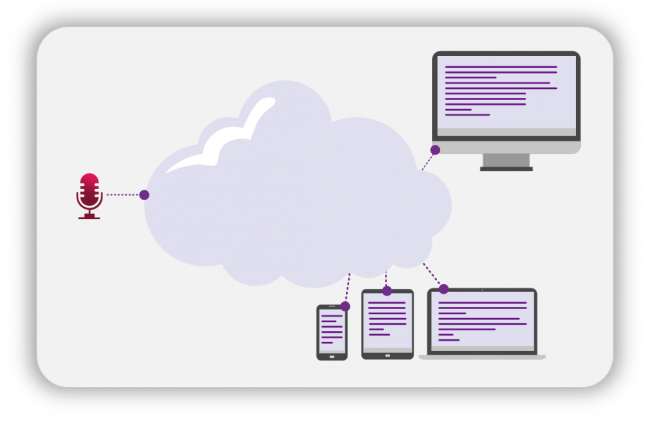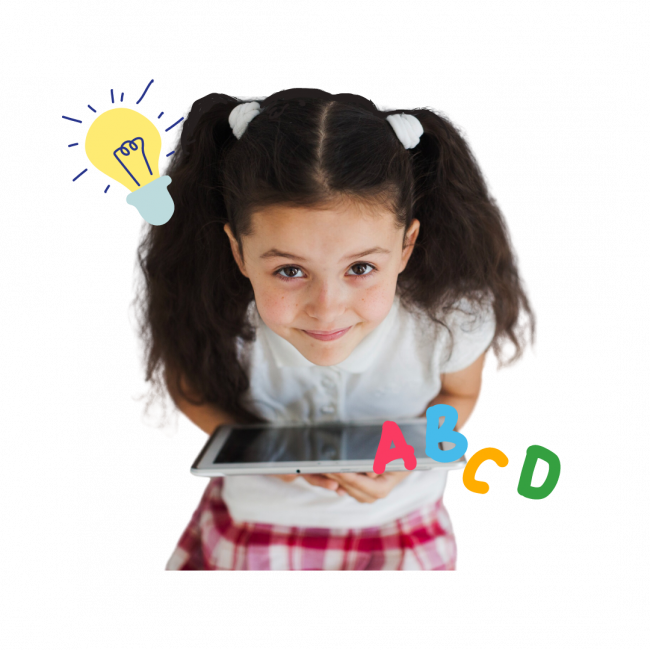Assistive technology for students with hearing impairments
13-15% of people report trouble hearing, which means that at least 1 out of 7 school children have problems fully understanding classes. To solve the challenge, in partnership with Microsoft, we developed a cloud-based automatic speech-to-text solution for inclusive education.
Enable accessible education
Transform the teacher’s speech into text and send the output to the environment convenient for children (interactive whiteboard, computer screen, classroom monitors, individual tablets, or mobile phones).
Facilitate learning by multi-modal perception
Listening or lip-reading together with reading is a very beneficial way of learning new vocabulary and understanding a language beyond sign language.
Involve remote students
Real-time transcription gives a chance to access information from lectures to those who are not able to be at school.
Enhance learning for all pupils
Speech-to-text is an extra modality that will benefit "visual learners" – students who prefer reading over hearing to follow along and remember the class material.
This speech recognition solution is a cloud-based service that transforms input (teacher using a microphone) into textual output (real-time transcription) that's accessible through the browser on any preferable device such as a mobile phone, tablet, digital whiteboard etc.

Partners you can trust
The solution was developed and tested as Proof-of-Concept, involving 2 selected schools and 3-4 teachers as well as parents of the pupils in partnership with Microsoft, NGO representing parents of children with hearing impairments Sadzirdi, Valmieras Gaujas krasta Secondary School, Riga French Lycée.
The solution is aligned with the EU legislation related to accessibility for groups of people with special needs thus it is also part of the RRF financing-related priorities of National governments.
